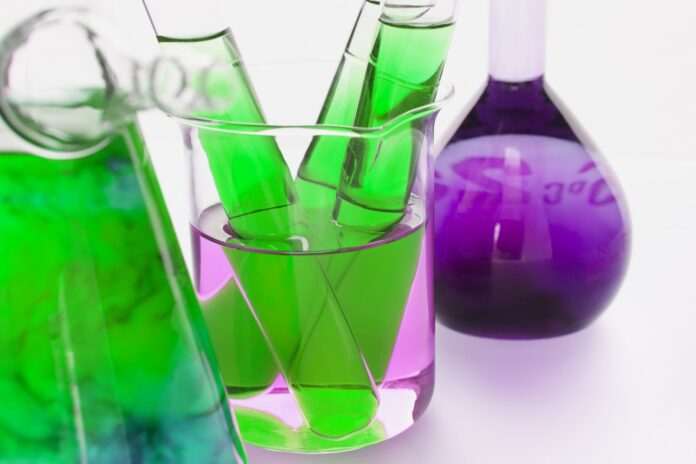As we know that the theoretical is concerned with theories and ideas that are not based on real life. For example, theoretically, we assume that the amount of the fund will triple in the next few months but unlikely that is theoretically possible.
In chemistry, the theoretical yield is the fundamental concept that discovers a direct relation between chemical equations and the product amount that is achieved by the chemical reaction. You can calculate the amount of the product with the help of the theoretical yield calculator.
This equation facilitates the theoretical yield and indicates the possible amount of the product that is gained by the reaction. If all reactants change into the product then the highest amount of the product is achieved but generally, it is not possible.
Stay focused in this article we have all types of reasons due to products not achieving 100 percent and the reasons behind losing the reactants. So first look at the definition of the theoretical yield.
What Is a Theoretical Yield?
“Theoretical yield is the amount of the product that we obtain from the chemical reaction”.
With the help of the theoretical yield calculator, your calculations can be fast and accurate. The reason is that it evaluates the number of grams of product generated as well as possible from the chemical reaction.
Strategies To Maximize Theoretical Yield In Reactions:
- Use pure reactants to minimize the impurities and it helps to enhance the product.
- Get control of pressure and temperature to minimize the completion of reactions.
- Use proper catalysts to accelerate the reaction and for increasing the amount of yield.
- Choose the appropriate solvents that increase the overall amount of yield
- Avoid the side reactions that could desire to the product degradation
- Give a proper time to the reaction to maximize the amount of final product
- In the end, we say that to enhance the amount of product monitor the reaction progress
How To Calculate The Theoretical Yield?
Theoretical yield is the maximum amount of the yield and by this complete conversion of all reactants and the products are assumed. To estimate the theoretical yield follow the below points:
Theoretical Yield Equation = number of moles (n) * molecular weight (Mr)
Theoretical yield will be calculated in grams because it is the expected amount of product from the chemical reaction. In simple terms, we assume that there is a need to get the maximum amount of the product and how we get it and it is the golden opportunity to discover the product amount by the theoretical yield calculator. Follow the below points.
- Make sure that the chemical equation must be balanced
- The ratio of the reactant and the product can be analyzed
- Hence estimate the amount of expected yield by the above-given formula
Practical Example of Theoretical Yield In Lab:
Discover the yield amount that you can expect by C11H18O2 production from 475 g germanyl using 475g of raw material and 545g of refined product. The percent yield is 82.1%.
Solution:
The actual yield = 545g,
The percentage yield = 82.1%
Enter the values in the formula:
= (545 / 82.1)100
= 663.82g
Get the verification of this answer by the theoretical yield calculator. By this term, we estimate the outcomes of the reaction under a suitable condition. The ratio of the reactant and the product is used to determine the exact amount of the substance that is involved in the chemical reaction. By balancing the equations carefully researchers can assume these ratios.

